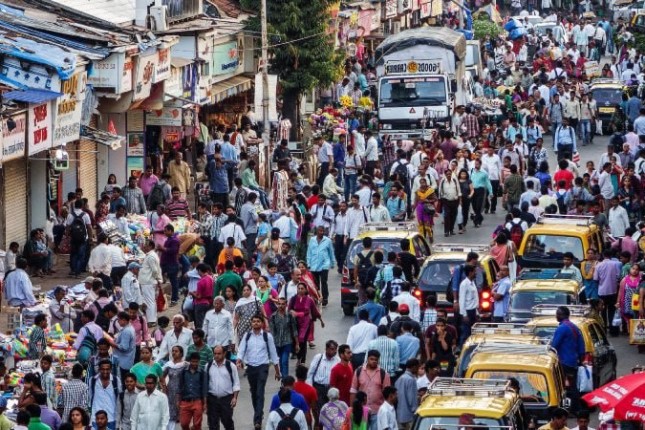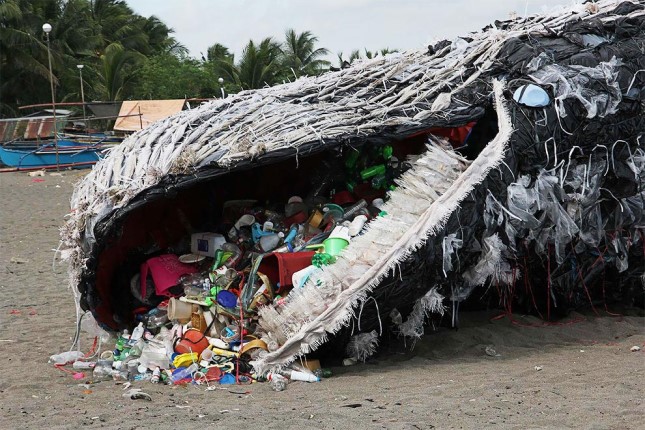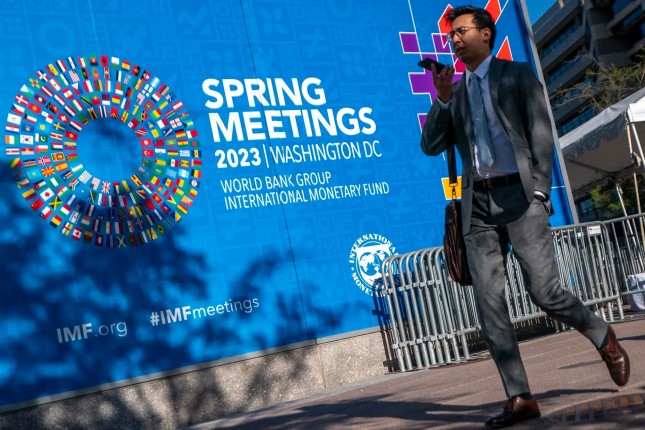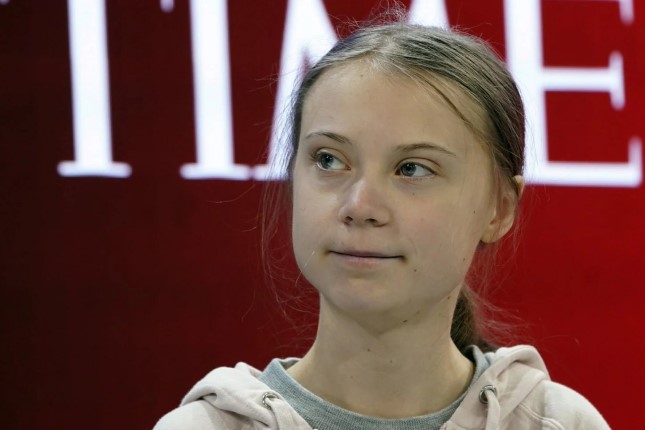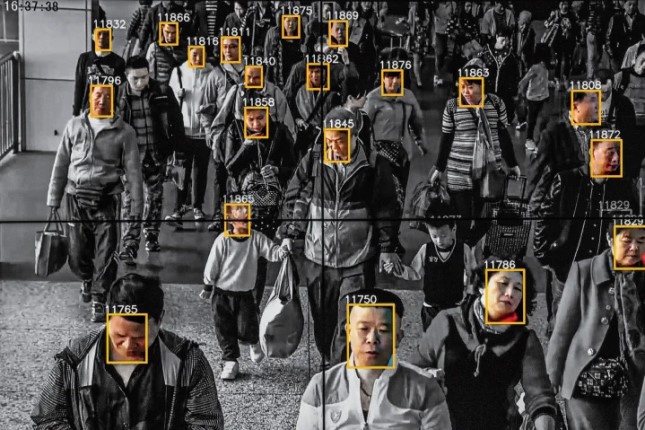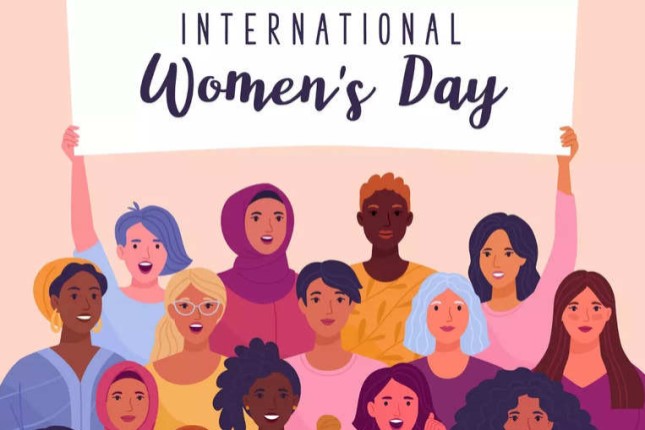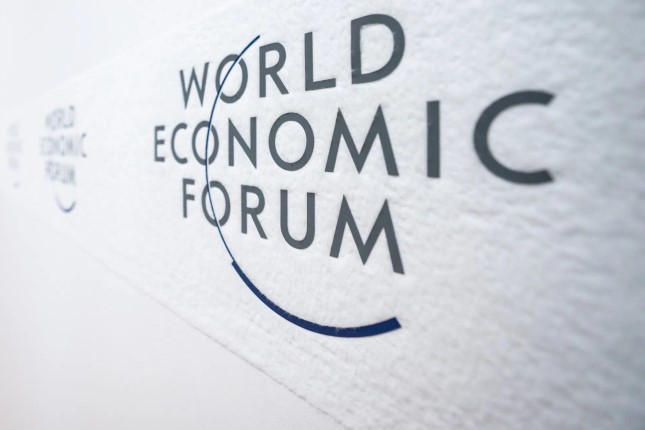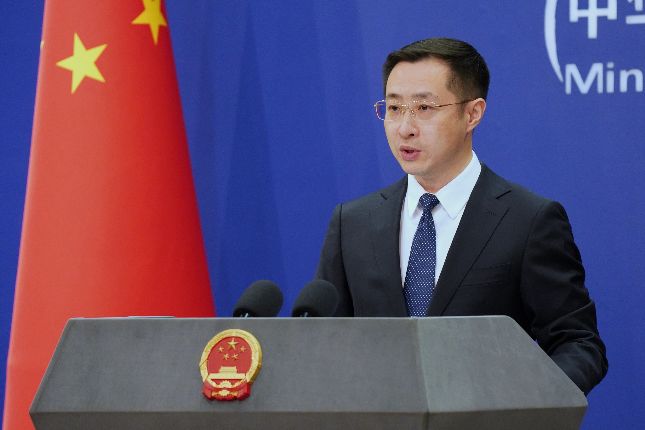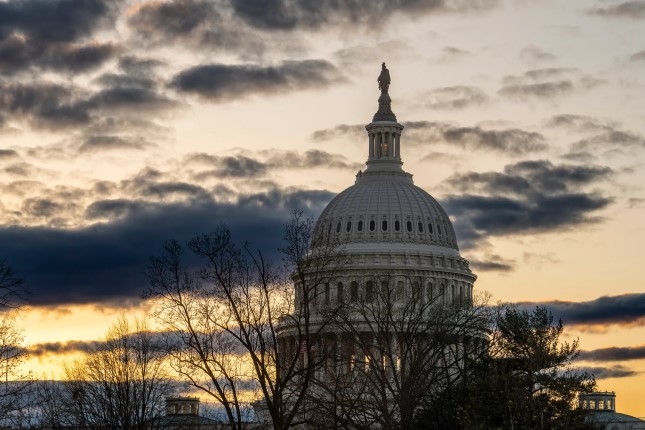It is not exactly clear if India has become the world's most populous country yet. According to estimates from the World Population Review, it already overtook China late last year. Meanwhile, UN experts predict that it will surpass China in April of this year.
Either way, the milestone is a sign of trends that will have enormous economic and social consequences for both countries, and for the whole world. In fact, China's population fell in 2022 for the first time in 60 years. By 2050, China's population is expected to be 8% smaller than it is now. Conversely, India's population will continue growing and, according to forecasts, will peak at 1.7 billion in 2064, when it will be nearly 50% larger than that of China.
China's one-child policy
The roots of the current situation go back to the late 1970s, when China began to pursue its demographic policy to limit population growth by reducing the birth rate. The coutry's population was then approaching the one-billion mark, and the new leadership under Deng Xiaoping had to take measures to address the issue.
A voluntary program was introduced in China in 1978, encouraging families to have just one child, or at least no more than two. However, by 1980, the government sought to standardize the limit to one child. A public letter calling for all to adhere to the policy was published by the Central Committee of the Chinese Communist Party on September 25, 1980, often considered the policy's official start date.
Enforcement varied over time and place − it was stronger in cities and more lenient in rural areas. It involved making contraception widely available, offering financial incentives and employment opportunities for those who complied, imposing sanctions on those who violated the policy, and, at times, invoking stronger measures such as forced abortions and sterilizations, which began in the early 1980s.
The implementation of this strict policy was an impressive success, at least in the short and medium term. It led to a general reduction in China's fertility and birth rates after 1980, with the former dropping below two children per woman in the mid-1990s. Although these gains were partially offset by a similar decline in the death rate and an increase in life expectancy, China's overall rate of natural increase still declined. The policy remained for 35 years until 2015, when Chinese families were finally allowed to have two children. Three children were allowed in 2021. However, the average fertility rate remains at just 1.3 children per woman.
Mass sterilizations in India under Indira Gandhi
In India, however, similar governmental attempts to control the birth rate with strict coercive measures proved to be total failures.
The oil crisis left India's economy in a bad state by the mid-1970s, and Indira Gandhi's government found itself under fierce political pressure. The state's response ushered in what is often considered one of the darkest pages of modern Indian history. On June 25, 1975, a state of internal emergency was declared, which lasted 21 months. During this period, elections were cancelled, civil liberties were suspended, the press was censored, and most of Gandhi's political opponents were imprisoned.
Against such a background, a widespread compulsory vasectormy (male sterilization) program was initiated in September 1976, aiming to curb India's population growth. Spearheaded by Indira's son Sanjay Gandhi, the campaign led to 8.3 million sterilizations over two years, leaving numerous accusations of coercion in its wake.
The state of emergency caused a strong backlash in society, and the controversial sterilization campaign, seen as a mass violation of human rights, was one of the government's most unpopular policies. In 1977, for the first time in history, the ruling Indian National Congress party lost the general elections and the opposition Janata Party came to power. The sterilization program was immediately cancelled, and any strict measures to curb population growth have been taboo in Indian politics ever since.
Future prospects
In fact, China's demographic efforts had their positive impact on economic development and poverty alleviation, especially after 1990, when the economy began skyrocketing − for three decades in a row. India's inability to deal with overpopulation, on the contrary, hampered its economic growth.
However, with current demographic trends, China may very well soon find itself in trouble. What was perceived as a boon in the end of 1970s − low birth and fertility rates coupled with an impressive growth of life expectancy − now constitutes a serious crisis. China's population is aging fast − faster than almost in any other country in the world. The median age in China is already at 38.4 − comparable to the US's 38.5, but nearly 10 years older than India's 28.7. According to projections, by 2050 the median age will drop to 50, with nearly 40% of the Chinese population being over retirement age.
To be clear, the second demograhphic transition is moving full steam ahead in India too. The fertility rate is estimated at 2.05 − only slightly above replacement level. However, India still has another generation of population growth, as the children born during the country's recent period of high fertility are approaching childbearing years.
Most probably, this means that India will gradually replace China as the world's greatest labour provider, and its share in the world economy will continue its upward trend. The Indian economy recently displaced Britain's as the fifth largest in the world, and according to the State Bank of India, it will rank third by 2029.
After three decades of an economic miracle in China, it looks like it will soon be India's turn at the wheel, driving the world's economy, and accordingly, as a new superpower in world politics.
